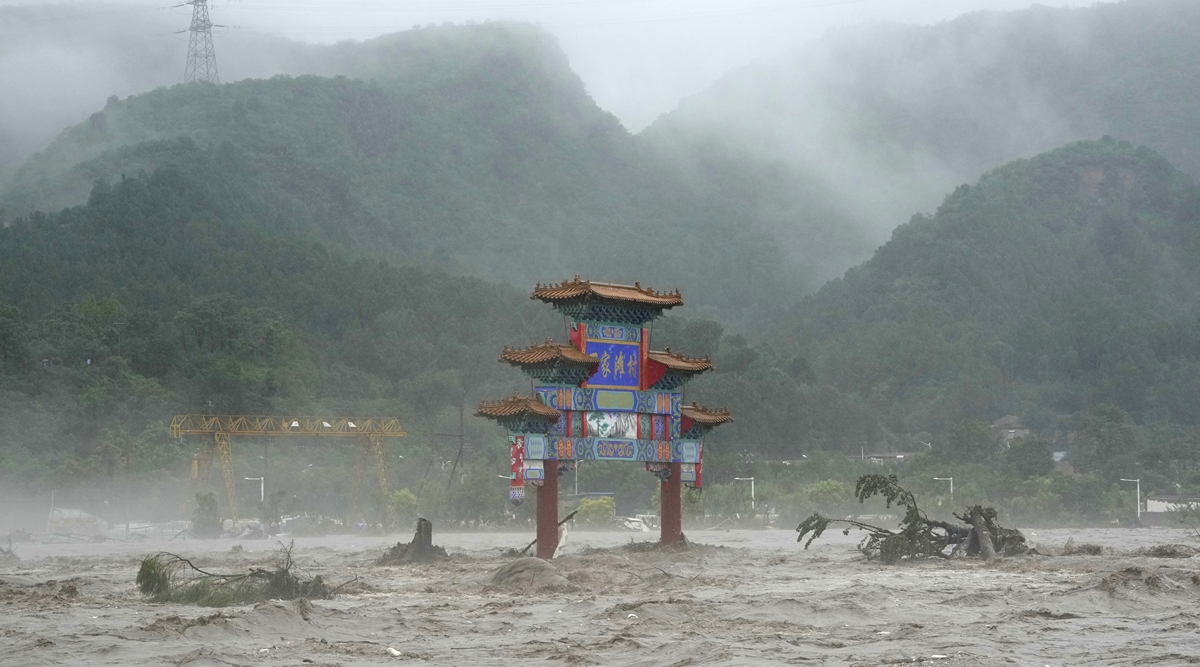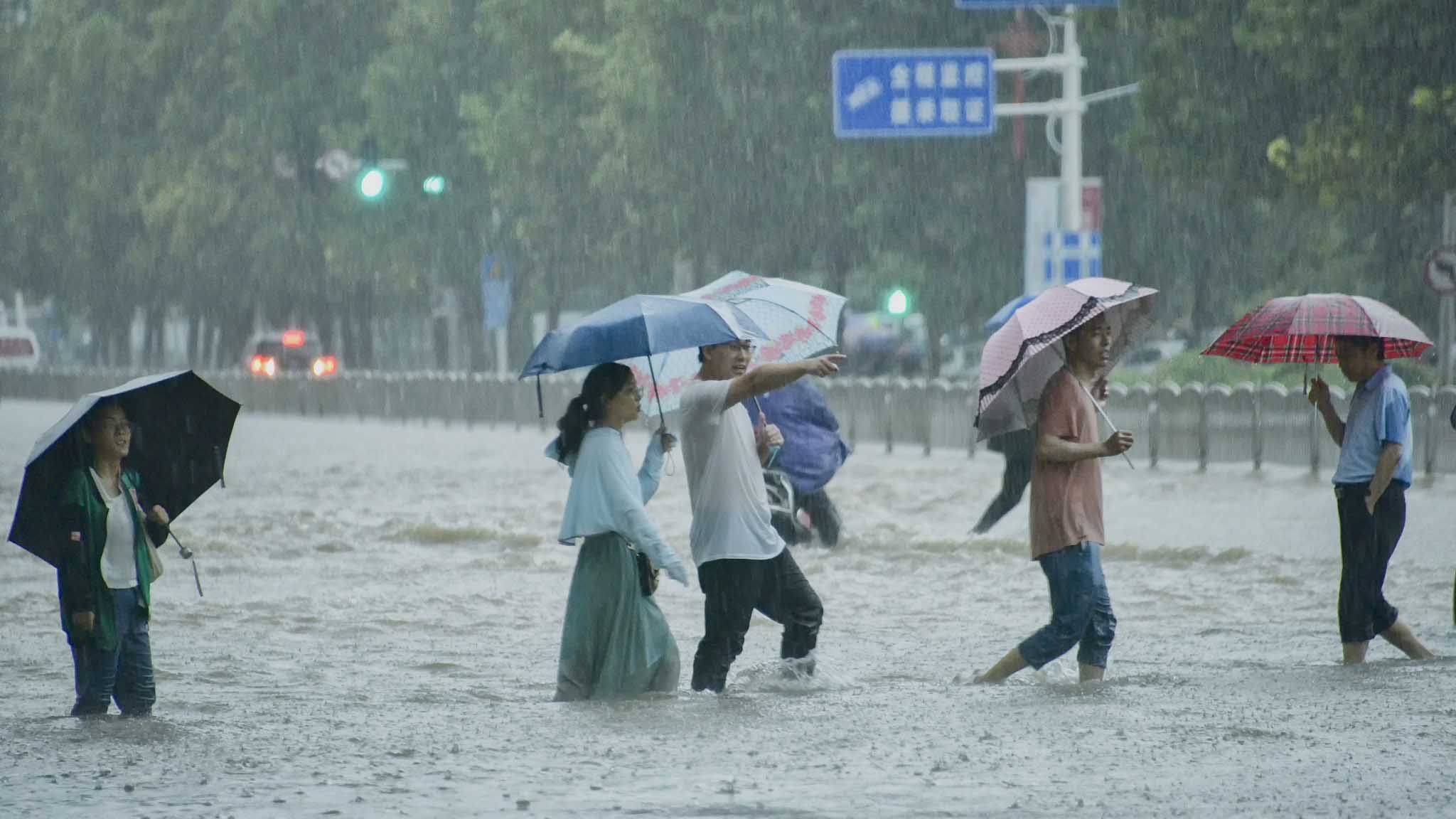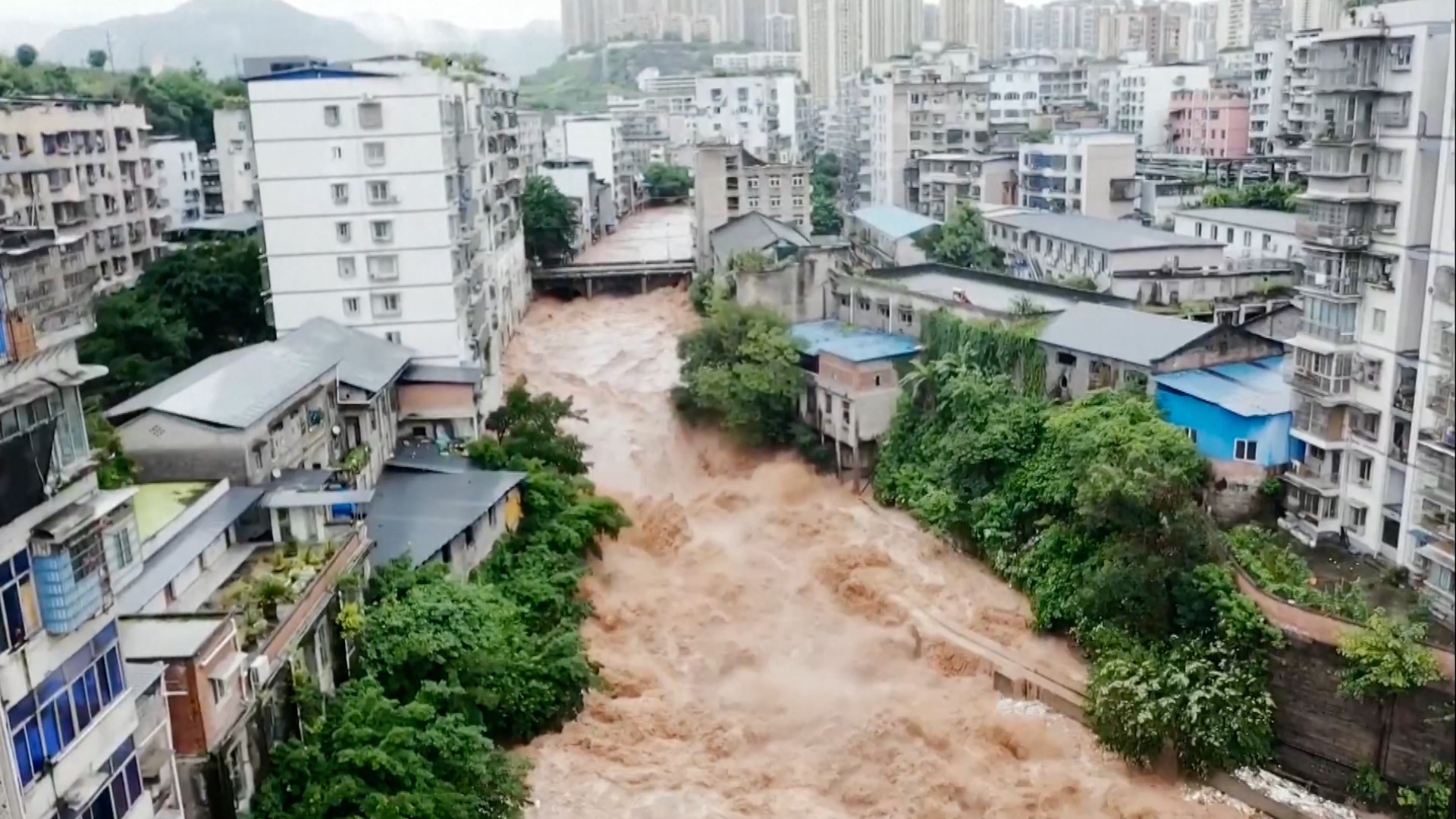Southern China is bracing for what is expected to be the heaviest rainstorm of the year, with forecasts indicating significant rainfall from May 27th to 29th, 2025. This weather event has prompted warnings from several authoritative bodies, including the Central Meteorological Observatory, the Ministry of Water Resources, and the China Meteorological Administration. These organizations have raised alarms about the potential for severe rainstorm disasters, flash floods, and geological hazards in various regions.
The areas most likely to be affected include Guizhou, Jiangnan, South China, Jiangxi, Fujian, and Guangdong. These regions are known for their susceptibility to heavy rainfall, and the upcoming storm is expected to exacerbate existing vulnerabilities. The warnings highlight the high risk of flash floods, which can occur rapidly and with little warning, posing significant dangers to residents and infrastructure.

Recent events in Guizhou and Guilin serve as stark reminders of the potential consequences of such weather phenomena. In these areas, there have been reports of landslides and flash floods, which have caused damage to homes and disrupted daily life. These incidents underscore the importance of preparedness and awareness in the face of impending severe weather.

The forecasted rainstorm is not just a localized event; it has implications for broader environmental and societal factors. Heavy rainfall can lead to soil erosion, which in turn increases the risk of landslides, particularly in hilly or mountainous regions. The combination of saturated ground and intense rainfall can create conditions ripe for geological disasters, which can have devastating effects on communities.
Residents in the affected areas are advised to take precautions. This includes staying informed about weather updates, preparing emergency kits, and having a plan in place for potential evacuations. Local authorities are likely to issue further guidance as the storm approaches, and it is crucial for individuals to heed these warnings to ensure their safety.

In addition to the immediate risks posed by the rainstorm, there are longer-term considerations regarding infrastructure and disaster response. The ability of local governments to manage and respond to such weather events is critical. This includes maintaining drainage systems, ensuring that emergency services are prepared, and providing support to those who may be displaced by flooding or landslides.
The economic impact of heavy rainstorms can also be significant. Agriculture, which is a vital sector in southern China, can suffer from excessive rainfall, leading to crop damage and loss of livelihood for farmers. Additionally, transportation networks may be disrupted, affecting trade and the movement of goods. The cumulative effects of these disruptions can ripple through the economy, highlighting the interconnectedness of weather events and economic stability.
As the rainstorm approaches, it is essential for communities to come together and support one another. Sharing information, resources, and assistance can help mitigate the impact of the storm. Community resilience is a key factor in weathering such challenges, and fostering a spirit of cooperation can make a significant difference in how effectively individuals and families respond to the impending storm.
In summary, southern China is preparing for a significant weather event that could have far-reaching consequences. With the heaviest rainfall of the year expected, it is crucial for residents to stay informed and take necessary precautions. The warnings from meteorological authorities serve as a reminder of the potential dangers associated with heavy rainstorms, including flash floods and geological disasters. By being proactive and prepared, communities can better navigate the challenges posed by this impending storm and work towards minimizing its impact on lives and livelihoods.













